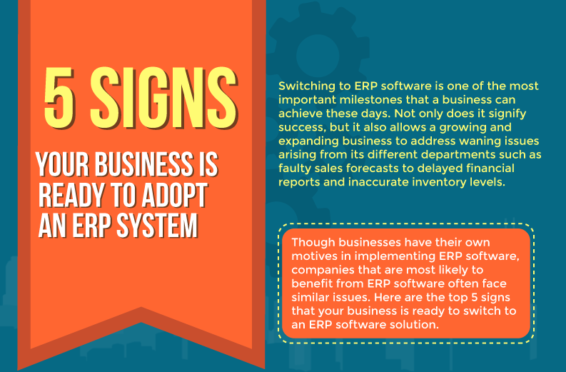Business Intelligence systems , also popularly known as “BI”, is the practice of using technology to identify, extract, analyze and evaluate business data vis-à-vis competitors or otherwise. Business Intelligence systems help companies to make good strategic decisions regarding which direction the business should take.
IT Business Intelligence systems are the major “decision support systems.” Business Intelligence can be performed at macro levels to analyze the “complete picture”. Company activities or as it can be used at the micro level to scrutinize ongoing projects and work on defined workflows. Following are the major steps organizations include in their BI process.
1. Identification:
Business Intelligence begins with identifying the data to be analyzed. In this first step, meetings are held with stakeholders to determine the goal of this BI project. This is known as “requirements gathering.” For better results, it is essential that we have exhaustive requirements gathering because the subsequent steps in the BI process rests solely on the decisions made and the action items planned.
2. Extraction:
Computer data has to be analyzed starting from sales statistics to market data. Client information or even the stats on competitors’ performance has to be taken into account. Data from multiple sources in exceedingly divergent formats have to be taken into account. The data is processed, classified and standardized so as to allow the user to evolve from “apples to oranges” comparison to an “apples to apples” comparison.
3. Analysis:
The organized data is now examined for the purposes which were outlined during the identification step. Business Intelligence applications present the data in a way so that they can analyze it and make business decisions accurately. Business Intelligence systems are designed to cater to the needs of managers to make informed business decisions by identifying, extracting and analyzing data.
Using the above three processes a business can determine where they stand using an in depth analysis of the current and their past performances. Merely scrutinizing last month sales or profits or the last quarter will not make a company competitive enough in the present business environment.
Depending on an organization’s goals, managers can get a completely accurate look at their performance. Companies can also determine their current business performance and benchmark it against goals and other parameters. Business Intelligence, using its conscientious approach to complete data assembly helps to contribute immensely to benchmarking practices. This helps the organization in making decisions that will impact their business now as well as in the future.






